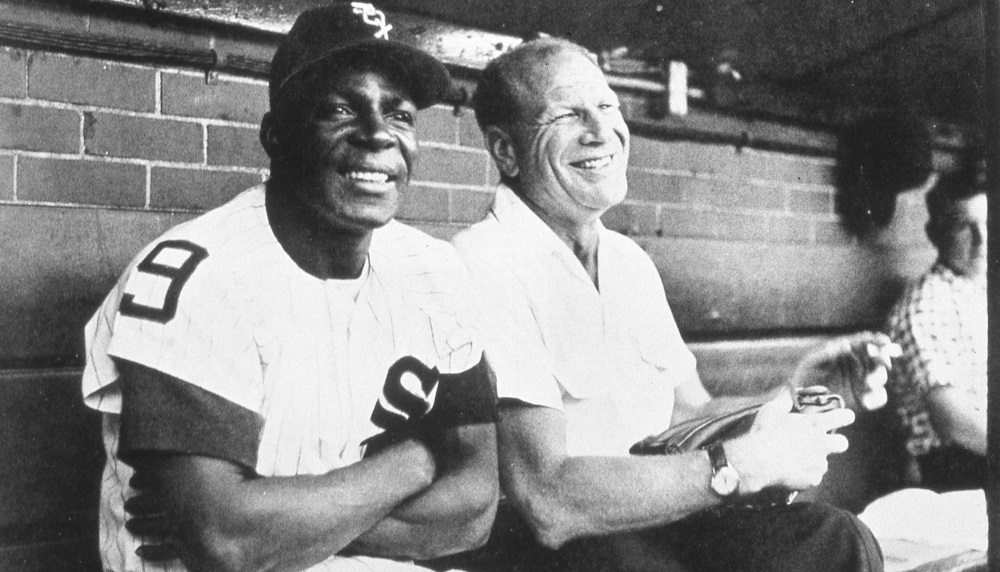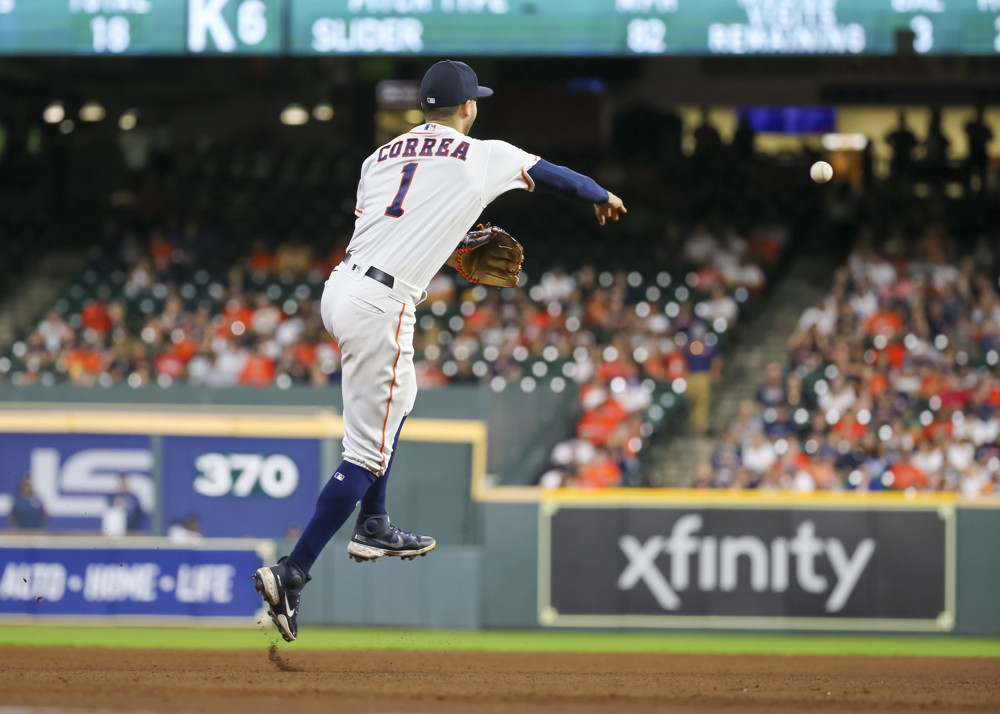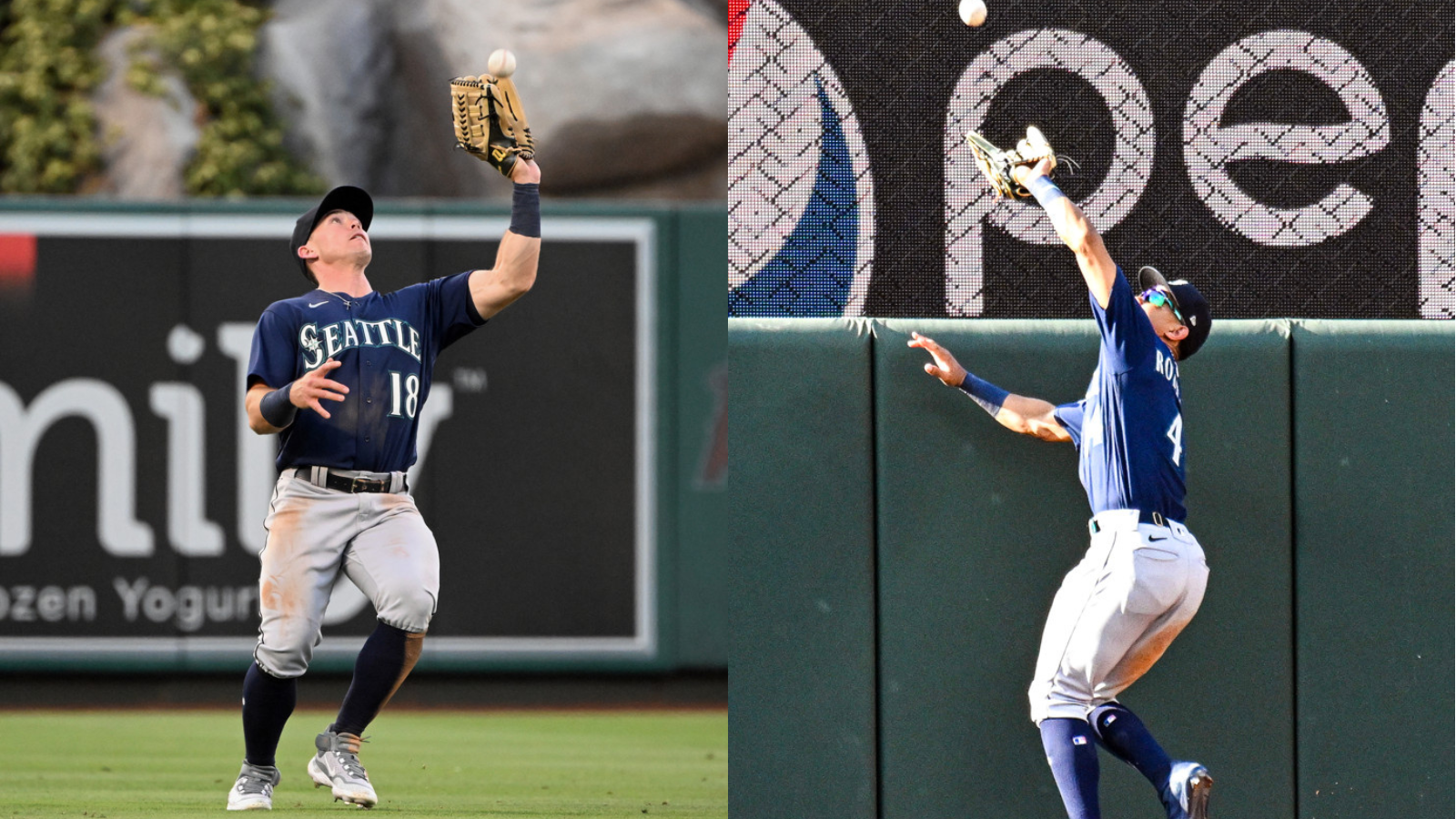By Mark Simon
In the course of writing our articles in this space and at The Athletic, we’ve heard from more Javier Báez fans than those supporting any other player. People love both how he plays defense and how well he plays defense.
So with the Chicago Cubs playing the Oakland Athletics, we thought we’d pose a question: which player is more valuable to his team on defense right now, Báez or Athletics third baseman Matt Chapman?
Defensive Runs Saved
By Defensive Runs Saved in 2019, Chapman has a 14-to-9 advantage. Chapman, who has the most Runs Saved for a third baseman, provides a value that Báez can’t. Chapman is the best in baseball at out conversion on balls hit down the third base line. Those balls are largely would-be doubles.
When Báez takes away a hit, it’s usually going to be a single, because he’s got an outfielder behind him who can get to the ball quickly.
Let’s add in individual value for shift defense, which isn’t factored in our basic Defensive Runs Saved, but can be computed using our internal data.
Of the Cubs’ Runs Saved in shifts, seven have come on plays Báez made. That bumps him to 16. But making the same calculation gives Chapman five runs.
The advantage narrows to 19-16, still in favor of Chapman.
Good Fielding Plays
Our Video Scouts chart every play of ever game, categorizing some plays as “Good Fielding Plays” and “Defensive Misplays & Errors.”
Good Fielding Plays are Web Gems – the diving, sliding or jumping catch that you’ll see in highlights, but also things like keeping the ball on the infield to prevent a baserunner from gaining an extra base, or preventing a single from being a double. There are approximately 30 categories from which to choose.
Defensive Misplays & Errors are errors, plus plays in which a fielder’s actions had a negative consequence. These include your basic bobbles and drops, but also cover other ground. Official scorers may not give an error if a fielder fails to convert on an attempted double play, since one can’t be assumed but Video Scouts can award a Misplay for an errant throw or a drop after the catch by the relay man. There are approximately 60 categories of these kinds of plays.
Chapman is having a phenomenal year when it comes to making the great plays and avoiding mistakes. He has 35 Good Fielding Plays and 14 Misplays & Errors.
Chapman’s 35 are the most in MLB by a non-first baseman (first basemen tend to record more than other positions because of scooped throws). That’s a big improvement over last season, when he finished with 41 Good Plays and 35 Misplays & Errors.
Báez has 21 Good Fielding Plays and 28 Misplays & Errors. He’s two shy of the most Good Plays at shortstop. He garners attention because his Good Plays are so good, like the one-of-a-kind tags he’s made that get shown repeatedly on TV and go viral on social media.
In Sum
It’s difficult to compare across positions. But we can tell you that Chapman is the top defensive third baseman in baseball by the numbers. Báez has won our Fielding Bible Award for multi-positional excellence three years running. He’ll be in for a tough fight at shortstop this season Nick Ahmed of the Diamondbacks has 20 Runs Saved plus he’s accounted for 16 of his team’s Runs Saved in shifts).
Perhaps this article should have been one comparing Ahmed and Chapman’s value too. We’ll save that for another time.
In the meantime, ponder where a very, very good shortstop rates compared to the top third baseman, and vote in our poll. We’re curious how people weigh the numbers in their consideration.
Polling our audience:
Which player is more valuable on defense?
Vote in our poll for your choice among the @Athletics 3B and the @Cubs SS
— SIS (@SportsInfo_SIS) August 6, 2019



